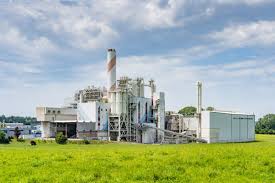Carbon Capture, Usage and Storage:

A Climate Analytics report warns that Asia’s vast Carbon Capture Usage and Storage (CCUS) plans could result in nearly 25 billion tonnes of extra greenhouse gas emissions by 2050.
- This is because most CCS projects across China, Japan, South Korea, and Indonesia are designed less to cut emissions and more to extend the life of coal, oil, and gas.
- Carbon Capture, Usage and Storage is a suite of technologies that capture CO₂ emissions from major sources like power plants, refineries, and industries, or remove CO₂ from the atmosphere.
- Working of CCUS: CCUS involves three main stages — capture, transport, and storage (or use) of CO₂.
- Capture methods include:
- Post-combustion: Separates CO₂ from flue gas using solvents after fuel combustion.
- Pre-combustion: Converts fuel into a hydrogen–CO₂ mix before burning, then separates CO₂.
- Oxy-fuel combustion: Burns fuel in pure oxygen, producing CO₂ and steam for easy capture.
- Captured CO₂ is compressed and transported via pipeline, ship, rail, or road and injected into deep geological formations like depleted oil and gas fields or saline aquifers for long-term storage. Alternatively, it may be used in commercial applications.
- Role in Tackling Climate Change: CCUS plays a key role in global decarbonisation by:
- Reducing emissions in hard-to-abate sectors like steel, cement (7% of global emissions), and chemicals.
- Producing low-carbon electricity and hydrogen to replace fossil fuels across industries and transport.
- Removing existing CO₂ from the atmosphere through Bioenergy with CCS (BECCS) and Direct Air Capture (DACCS).
- It can be installed on coal, gas, or biomass plants, enhancing energy security by diversifying low-carbon energy sources.




